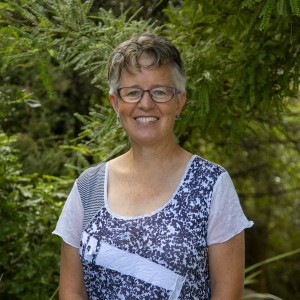There are many elements to a PB4L Programme. Put simply, Power For Learning looks at both the whole school and the individual student. The programme began in the United States of America in the 1990’s. In New Zealand there are now 1050 schools that use the framework. Power For Learning builds a culture where positive behaviour and learning becomes a way of life.
Over time schools should see incidents of problem behaviours decline and a school environment that is supportive and positive develop.
PB4L looks at the reasons for behaviour – the underlying external factors and then looks at how we can support the student.’
Students are consistently taught the desired behaviours and are acknowledged for these behaviours both on an individual and group basis.
Systems
There are systems and practices in place to support both teachers and students with more challenging behaviours. If teachers have concerns about a student’s behaviour they discuss this at a team meeting and Functional Behaviour Assessment (FBA) is completed as a team. The FBA allows the Team to support the teacher to understand what happens before and after the behaviour and to develop a positive plan. This is then tried for about a week. The teacher reflects if the plan has worked, makes changes with the team’s support or refers to the Senior Leadership Team if the interventions have not been successful.
In some cases, other systems may need to be included to support the student and teacher. For example, Check in/Check Out. This is when a student ‘checks in’ with an adult they have a good relationship with, to talk about their day. This is usually before or after breaks. This allows the student to have a voice, and allows the adult supporting the student, to set them up for success in the next block. Other interventions may include individualised behaviour plans. Some students may require further interventions, and this is when referrals to outside agencies may be made with whānau support.
PB4L takes schools through a tiered process.
Tier 1 is the foundation on which the other two tiers are built. It looks at the support systems and processes across the whole school – things that impact on all students and adults. These include our lesson plans, school POWER matrix, and our school wide rewards programme.
Tier 2 looks at interventions for students who require additional behaviour and learning support.
Tier 3 looks at more individualised and intensive support for students who experience chronic, severe, and challenging behaviour.
At a recent Cluster Hui I shared our PB4L journey so far. Other local schools were very interested in the Wairakei journey.
For information about the Individual Tokarewa programme.
POWER in the Playground
At the group level, students earn points for their Whare tiaki by showing POWER in the playground. Tokens are given out and each Friday the Manukura collect the tokens. These are added up and displayed in the office window. At the end of the year a shield is presented to the Whare tiaki with the most points over the year.
Some of our Year 6 students are taking the initiative and taking sports games and ‘manning’ the PE shed. These students organise the games for all ages. It is great to see them stepping up and showing POWER in the playground. This is an example of PB4L in action with the students taking the lead and being great role models for other students.
The little kids like playing with the older kids. We help them follow the rules and have fun. We don’t mind giving up our play time to run the games.
Data
A big part of the successful PB4L programme is using data to inform next steps. Twice a term the PB4L team analyses behaviour data. This allows the PB4L team to unpack the trends, share these with the whole staff and implement changes in a timely manner.
This might mean, tweaking the lesson plans we already have, or talking about how we can turn certain behaviours around quickly and positively. It might be as easy as having a ‘Two for Tuesday’ tokens day or giving out more tokens for a ‘problem area.’ For example, we noticed students were running round the buildings. Rather than being negative with the students, teachers stood at strategic places during transition times (after eating and at the beginning and end of play times) and gave out tokens to those who were walking around the buildings. This is the ‘beauty of PB4L) – it encourages a positive way forward.
PB4L provides schools with a structure that they can develop into their own unique way of being. Over time it is “just what we do.” It becomes part of a school’s identity and develops a positive environment where students can ‘Rise to Success.’


Comments are disabled for this post.